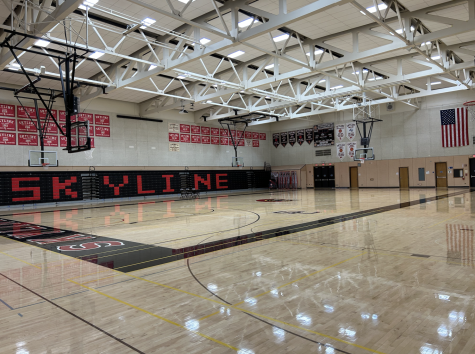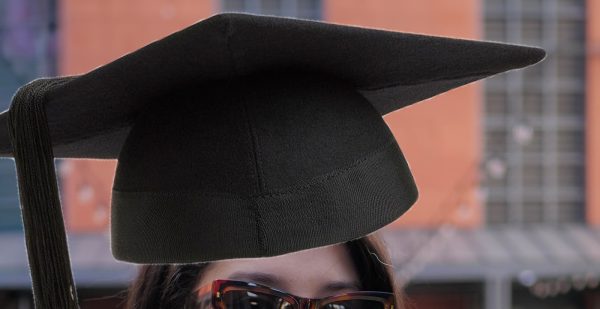Blackface is never okay
Incidents
This past Halloween, several people dressed up as NFL football player, Colin Kaepernick. One costume in particular though, consisted of a white man in blackface in a black wig, with a sign that said, “Will stand for money”. The sign was a reference to the NFL protesters kneeling during the national anthem about social injustices against African-Americans that have been taking place recently. In response, he said, “I will be completely honest and tell you I was ignorant to the fact as to painting my face like that was racist.”
This seems to be the common excuse here. People will always claim that they didn’t know any better. Blackface is and will always be offensive.
We at Skyline have even had an incident with blackface, this past year where the student was still allowed to wear the offensive makeup for a finals presentation even though the students have openly expressed their discomfort with the student’s choice of wear. The professor involved had claimed that they felt that there was no intention to make students uncomfortable but felt that what the student was doing was okay in that moment. From then, there has been a local SMCCCD meeting addressing this incident and had concurred that the San Mateo County faculty and staff would have to go through cultural sensitivity training to ensure better judgement. A representative from of the Federation of Teachers 1493 (AFT) felt that the incident could’ve been handled in a different situation by making it a learning experience on why blackface is inappropriate and insensitive.
The history of blackface
Blackface was created during the times of slavery where white people would wear black shoe polish on their faces and leave a large amount of space around the mouth area and wore wool on their head to exaggerate the facial features of African-Americans in order to play them in plays and in the early days of film.
At the same time, blackface was used to mock African-Americans who were still slaves during this time period. This technique was used as propaganda by having white actors show, “stereotypical behavior”, of slaves which included them being incompetent, male slaves as aggressive and sex-deprived people who rape white women especially in the film, “Birth of a Nation”.
Blackface was still used at least up till the 1930’s including in Shirley Temple’s earlier movie, “The Littlest Rebel”.
Other television shows have used blackface in the past to portray people of color especially in the 1970’s.
Why it’s offensive
Blackface has a long association with racism. In America it was used to mock African- Americans and is used today to portray dark skinned ethnicities especially African-Americans, “as a joke”. Jokes can still hurt and traumatize those who were discriminated against or picked on by their appearance. If this was turned around in the perspective of an African-American person spraying down their bodies white paint and explaining they are portraying a certain Caucasian, there’ll be outrage.
It should be common sense to know that to look like someone as to go as far as make a half-made costume still portrayed unintentional racism. Unintentional racism where this is when someone makes a decision without acknowledging that they are contributing to institutional racism that is ingrained and not thought about.















